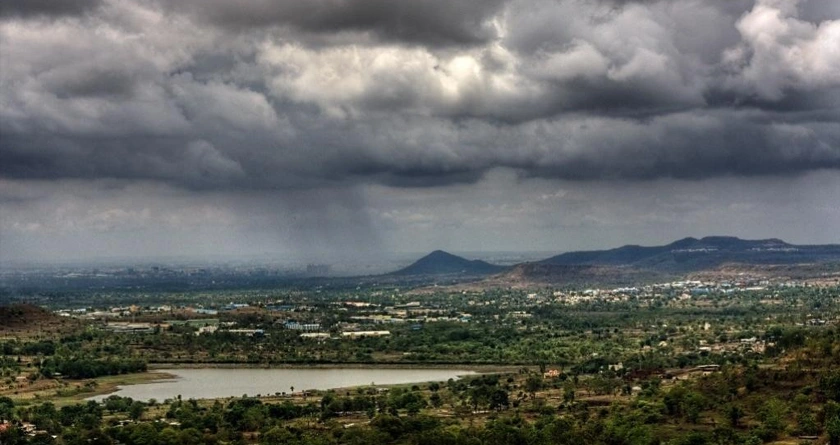
Recession of monsoon rain is a global phenomenon that can help study climate change
Recession of monsoon helps to study climate change.
Tuesday, 22nd June 2021
Parts of southern India experience rainfall during the retreat of the monsoon every year. According to a recent report by the University of Sydney for this study, this is not a local anomaly but is global in nature and scale.
In India, the monsoon retreat refers to the retreat of the monsoon from the southwestern part of northern India. The global coherent pattern of autumn monsoon precipitation, written by Nandini Ramesh, Quentin Nicolas, and William R Boos, identified the areas in the northern hemisphere that rained the most in September, October, and November, and the areas in the southern hemisphere that rained the most. March to August.
Most of the annual rainfall on the east coast of India is not during the monsoon season, but in September, October, and November, as shown in the figure. The eight global regions identified by the study have the highest rainfall after summer. They have several things in common: they are located on the eastern edge of the land, close to mountains with moderate elevations.
Also Read: Collapse of marine ice cliffs is not always inevitable.
There are two main factors leading to this phenomenon. First, the low mountain ranges in each region extend from north to south, protecting it from the west wind that triggers the summer monsoon. After summer, this range helps "topography uplift" or eastward air masses increase from low altitude to high altitude, forming clouds and causing rainfall.
The second factor is atmospheric convection or vertical movement of air. As the earth is heated by the sun, different surfaces absorb different amounts of energy, and convection occurs where the surface heats up very quickly. As the earth's surface warms, the air overlying it heats up, and its density gradually becomes less dense than the surrounding air and begins to rise.
Due to the influence of sea surface temperature or water temperature, this condition is most favorable from September to February.
The discovery of these fall monsoon regions as part of a global model is important because it allows the study of how global factors such as climate change affect them, Ramesh said. "To predict what will happen in these areas during climate change, we need to understand the basic process that causes the autumn monsoon. This research is the first step in achieving this goal."
The News Talkie Bureau
Source:
Downtoearth.com











